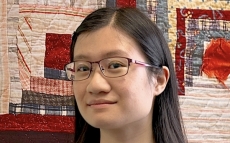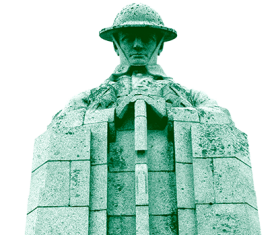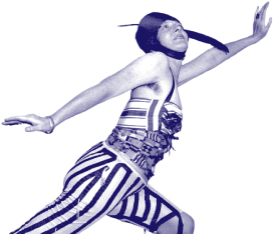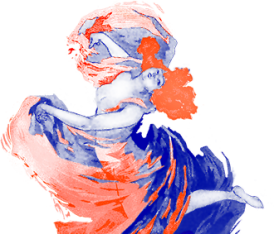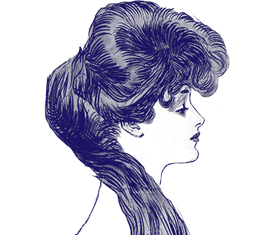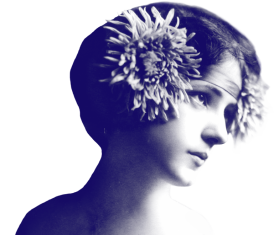HomeNews & Events2014January Body Sweats Reviewed by...
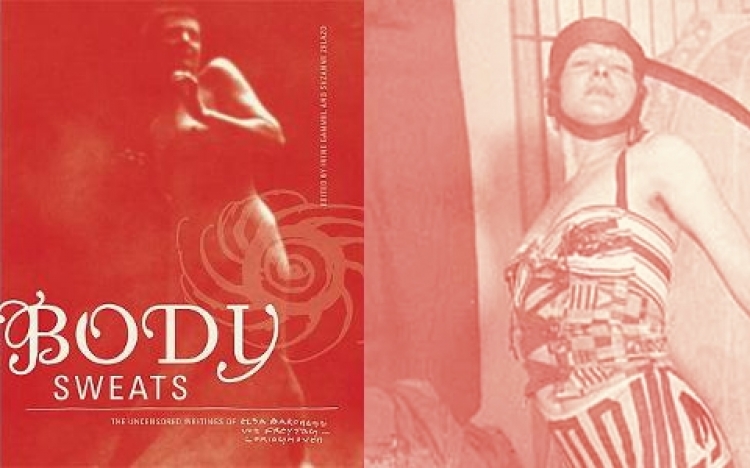
Body Sweats: The Uncensored Writings of Elsa von Freytag-Loringhoven
ed. by Irene Gammel and Susan Zelazo
Reviewed by Klaus Martens
University of Toronto Quarterly
In lieu of an abstract, here is a brief excerpt of the content:
One of the widely held popular beliefs regarding the artist has been that he or she more often than not leads a life of poverty and deprivation (think of Keats). In addition, it is held that a miserable vie de bohème (think of Puccini) is certainly not a guarantee of but a precondition for the creation of extraordinary creative work. If these clichéd views may be held to contain truth regarding a twentieth-century figure, the German-born artist Baroness Elsa von Freytag-Loringhoven – whose life and strange career have been exhaustively researched during the past three decades – unavoidably comes to mind.
Born Else Ploetz and raised in Swinemünde (Swinouice) on the Baltic Sea coast to sober middle-class parents, she went on to become an actress in a travelling theatre troupe playing mostly classical works. She was first introduced to small-town audiences by her later nom-de-théatre ‘Elsa,’ reminiscent of the heroine in Wagner’s opera Lohengrin. Her flair for self-dramatization later helped her to become a dancer in a Berlin chorus line and to study to become a painter in the Munich suburb of Dachau. She broke up her marriage to an architect by eloping with the writer and translator Felix Paul Greve (later to become the Canadian novelist and poet Frederick Philip Grove), whom she married. They left for the United States, where they soon separated but did not divorce, and commenced individual careers of their own. Happily, the book under review does not participate in the heated and superfluous debate concerning which of the two was more culpable or the greater writer.
Else Greve, working again as a dancer, met and married the German Baron von Freytag-Loringhoven in New York only to be left behind on the eve of the Great War. She lived in poverty and sometimes terrible squalor after the baron returned to Germany.
Gammel’s Baroness Elsa (2002) presented extensive essays and biographical which celebrated the former Else Greve as a pioneering figure in New York Dada and an early fighter for female sexual liberation. Gammel and her co-editor Susanne Zelazo now present a large collection of the Baroness’s ‘uncensored writings,’ choosing the catchy title Body Sweats. Their impeccably introduced, edited, and produced book provides a massive compendium of Elsa’s hard-to-find work.
The new book contains a possibly comprehensive collection of Elsa’s American poems, paintings, and sculptures, as well as references to work about (and in homage of) her. Thus, to a very large degree, the main corpus of the artist’s surviving work has finally been established. For those interested in the oeuvre of this necessary Dada artist, Body Sweats is a veritable treasure trove of information and a delight for readers interested in the colourful and still influential literary and artistic circles of early twentieth-century New York. Although the Baroness’s poems may not be found among those of the modernist greats in the pages of Harriet Monroe’s magazine Poetry, celebrating its 100th anniversary in 2012, her very singular work was printed in Margaret Anderson’s The Little Review and other contemporary magazines featuring experimental work. Some of the now iconic poets and artists of the period were more than passing acquaintances of this brave and indomitable poet, chanter, and performer of her own work whose public persona shared their spirit of innovation. This lavishly illustrated and well-made book celebrates her singular achievements in singular style.
Klaus Martens
Centre for Canadian and Anglo-American Cultures, University of Saarland






